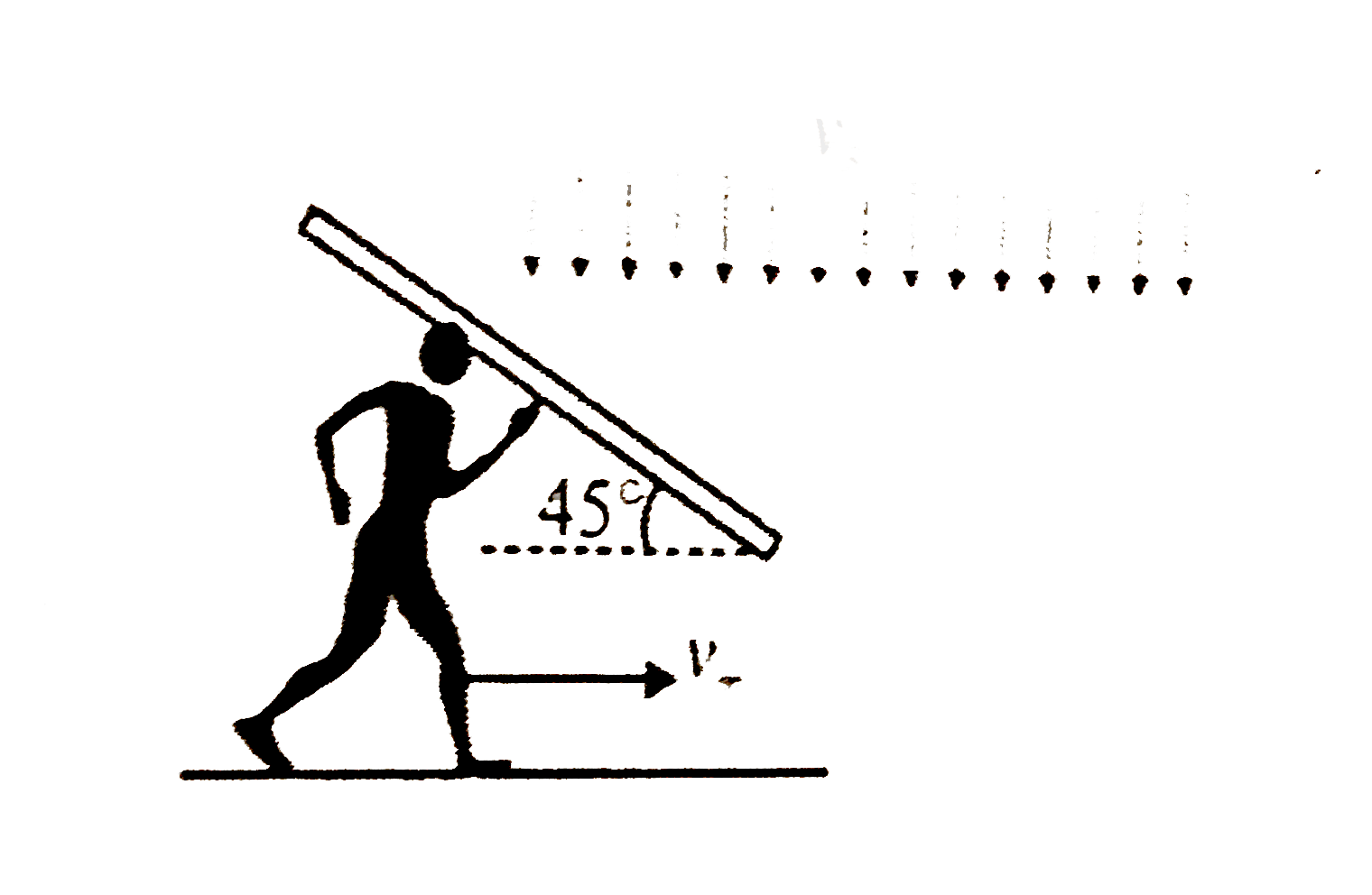Maximum resemblance of to-day's man is
Australopithecus
Cro-Magnon Man
Java Man
Neanderthal Man.
The correct Answer is:B
Step-by-Step Solution:
1. Understanding the Question: The question asks which early human species has the maximum resemblance to modern humans (Homo sapiens).
2. Evaluating the Options:
- Option A: Australopithecus: This species is known for its ape-like appearance and small cranial capacity (about 600 cc). Given its primitive features, it is not closely related to modern humans.
- Option B: Cro-Magnon Man: This species is classified as early Homo sapiens. They had a prominent chin and a cranial capacity of approximately 1600 cc, which is larger than that of modern humans (about 1400 cc). This suggests a close resemblance to modern humans.
- Option C: Java Man: This species had a cranial capacity of about 900 cc and was less advanced than Cro-Magnon Man, making it an incorrect choice.
- Option D: Neanderthal Man: While Neanderthals share some features with modern humans, such as a large nose and robust build, they are still distinct from modern Homo sapiens and do not represent the maximum resemblance.
3. Conclusion: After evaluating all options, Cro-Magnon Man is identified as the early human species with the maximum resemblance to today’s man due to its anatomical features and cranial capacity.
4. Final Answer: The maximum resemblance of today's man is with Cro-Magnon Man (Option B).
---
- Option A: Australopithecus: This species is known for its ape-like appearance and small cranial capacity (about 600 cc). Given its primitive features, it is not closely related to modern humans.
- Option B: Cro-Magnon Man: This species is classified as early Homo sapiens. They had a prominent chin and a cranial capacity of approximately 1600 cc, which is larger than that of modern humans (about 1400 cc). This suggests a close resemblance to modern humans.
- Option C: Java Man: This species had a cranial capacity of about 900 cc and was less advanced than Cro-Magnon Man, making it an incorrect choice.
- Option D: Neanderthal Man: While Neanderthals share some features with modern humans, such as a large nose and robust build, they are still distinct from modern Homo sapiens and do not represent the maximum resemblance.
Topper's Solved these Questions
- HUMAN EVOLUTIONBOOK - DINESH PUBLICATION ENGLISHCHAPTER - HUMAN EVOLUTIONEXERCISE - Check Your Grasp
10 Videos
- HUMAN EVOLUTIONBOOK - DINESH PUBLICATION ENGLISHCHAPTER - HUMAN EVOLUTIONEXERCISE - Brain Teasers-VII
181 Videos
- GROWTH, REPAIR, REGENERATION AND AGEINGBOOK - DINESH PUBLICATION ENGLISHCHAPTER - GROWTH, REPAIR, REGENERATION AND AGEINGEXERCISE - Brain Teasers-VI[B]
6 Videos
- HUMAN HEALTH AND DISEASEBOOK - DINESH PUBLICATION ENGLISHCHAPTER - HUMAN HEALTH AND DISEASEEXERCISE - CHECK YOUR GRASP
17 Videos
Similar Questions
Bacteria resemble
View SolutionClosest relative of modern day man is
View SolutionSilicon resembles B due to
View SolutionLithium resembles magnesium in some of its properties. Mention two such properties and given reasons for this resemblance.
View SolutionIn what respect do prontosil and salvarsan resemble. Is there may resemblance between azo dye and prontosil? Explain.
View SolutionProtective resemblance of animals with their environment and background is
View Solution$ The oldest microfossils of organisms resemble the modern day cyanobacteria.
! Cyanobacteria have oxygenic photosynthesis.
View SolutionOn a particular day rain drops are falling vertically at a speed of 5 m/s. A man holdind a plastic board is running to escape from rain as shown. The lower end of board is at a height half that of man and the board makes 45∘ with horizontal. The maximum speed of man so that his feet does not get wet, is

View SolutionDiscuss the resemblance of hydrogen with halogens.
View SolutionBe and Al have the following resemblance due to diagonal relationship,
View Solution
